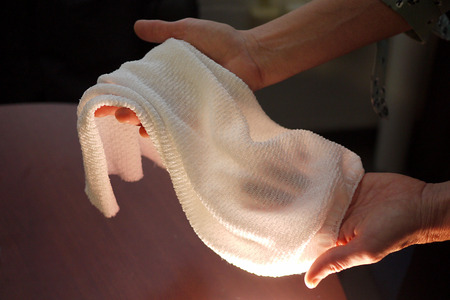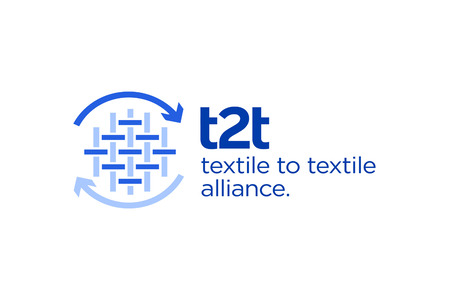
Textile policy to focus on opening out export market horizons
YarnsandFibers News Bureau 2014-08-05 17:45:00 – New DelhiThe National Textile Policy is drafted with an aim to grab one-fifth of global textile business and increase export to $300 billion in the next decade will be placed before the Cabinet for approval after weaving in relevant comments from other Ministries and interest groups.
The proposals included in the draft textile policy are part of the vision strategy framed by the expert committee on textiles. Proposal to reign labour laws, make special efforts to attract foreign investment and enter new markets with high export potential, such as Japan, China, Brazil and Russia.
The textiles sector is the second largest employment generating sector in the country after agriculture, providing direct employment to about 35 million people. Hence, labour laws for the high employment generating sector will also be re-visited to make them both investor and labour friendly.
There are a large number of workers in the unorganized sector who do not get benefits such as relief in case there are accidents. The Textile Minister Santosh Gangwar said that they are also discussing labour law flexibility with the Labour Ministry.
The textile sector has been demanding less restrictive rules on working ‘over-time’, relaxed norms for application of the Industrial Disputes Act, and permission for export-oriented units to employ workers on contract without any restrictions.
The strategy paper also proposes making special efforts to attract Foreign Direct Investment (FDI) into the sector with special attention to high priority sub-segments of fabrics, processing, garments, technical textile and textile machinery manufacturing. Individual countries and firms should be targeted for attracting FDI. Also, bespoke SEZs and textile parks may be created with requisite facilities to suit requirements of international investors.
Market diversification is a primary area where the Ministry intends to focus. With the EU and US constituting 50 percent of the total textile and apparel exports from India in 2012, the expert committee said that a higher share in global trade (currently, it is at 5 per cent) can be attained only if Indian exporters also start looking beyond traditional products and markets.
Specific strategies for achieving significant market penetration with a market share and product-mix target need to be evolved for individual countries such as Japan, China, Brazil, and Russia.
The textile policy aims to focus on need to diversify, although exports to the EU and the US will continue, as these are key markets to avoid agony more when those economies get hit.
Market Intelligence
Ask for free sample Report

experience
Customer Base
dedicated team
Countries Served Worldwide









